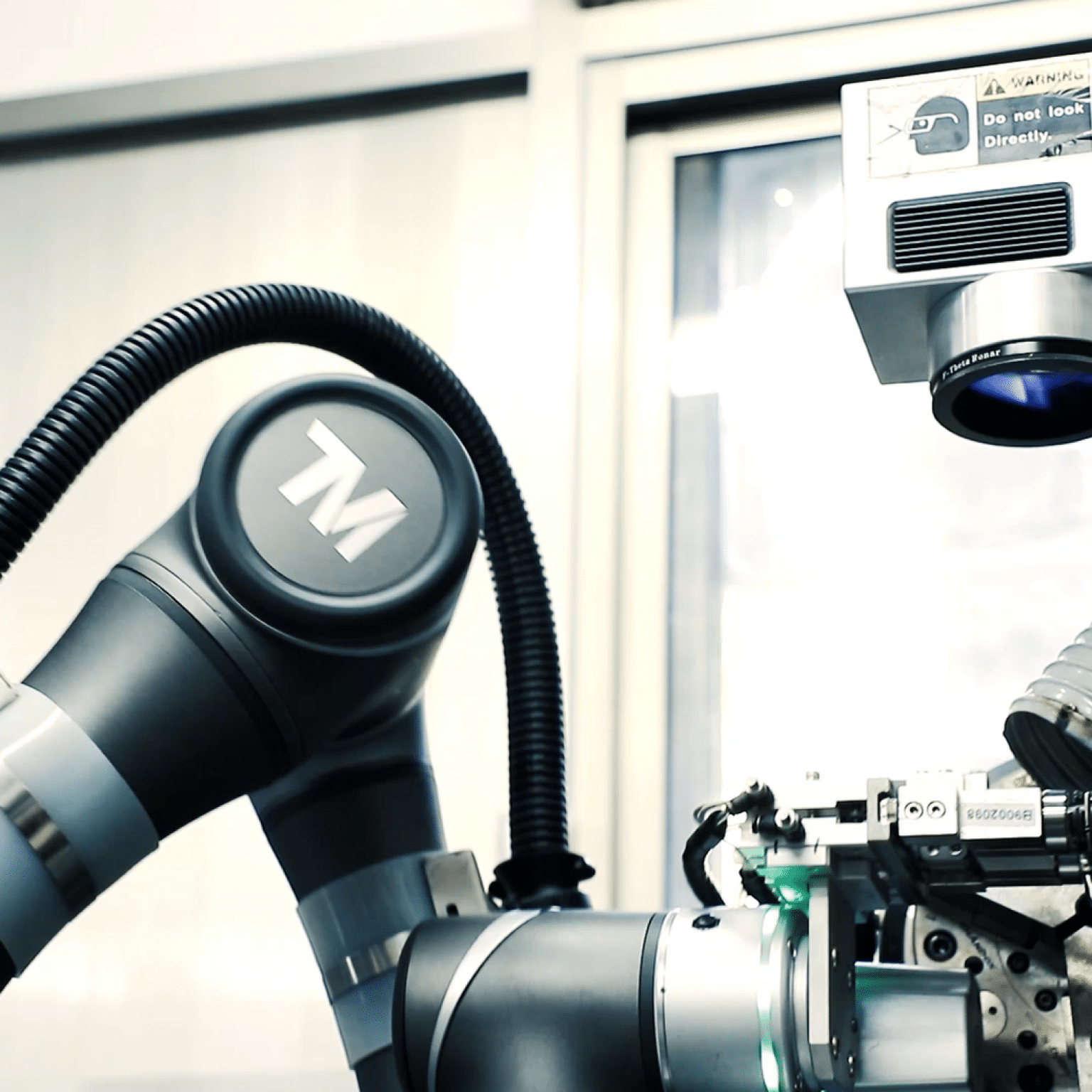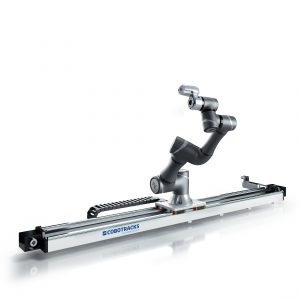Collaborative robots or “cobots” are a relatively new innovation—it’s only been a little over a decade since the installation of the world’s first cobot back in 2008. That being said, further innovation and development picked up at a rather quick pace, especially with the arrival of a wide range of cobots serving various industries. Given its capacity to automate business processes at an optimal level, many business sectors have implemented cobots in their operations; from automotive and transportation to packaging, electronics, medical and healthcare, agricultural, and even food processing—just to name a few.
In general, there are four major types of cobots, each specializing in processes that are integral to specific industries. Categorically, each type of cobot provides safety and programming features with the core goal of reducing the risk that workers face in their respective line of duty. With smart and calculated actions, workers utilize cobots to accomplish various repetitive tasks that help keep the workplace or operations hub safe and secure.
The 4 Types of Collaborative Robots
-
- Safety-Rated Monitored Stop refers to cobots that have less direct integration into operations that require human intervention. These types of cobots are equipped with several sensors that notify the AI to halt motion or operation soon as a human is within its periphery or immediate workspace.
- Dynamic Speed and Separation Monitoring (SMM) refers to cobots that work similarly to Safety Monitored Stop industrial robots, but the distinction between the two is located in the way SMM cobots utilize more sophisticated vision technologies. When the safety of a human worker is at risk due to proximity, this type of collaborative robot knows when to slow down or completely halt operations. This capability serves to provide increased safety for human workers without compromising the cobot’s capacity to deliver.
- Power and Force Limiting refers to cobots designed in compact models with less strength and more predictable motions when compared to conventional robots. This allows these types of cobots the capability to function alongside human workers while reducing the risk and danger of injury. Often equipped with multi-functional robot arms, rounded corners, and sets of collision sensors, Power and Force Limiting robots enable the close-ranged collaborative work between man and machine to happen.
- Hand Guiding refers to the type of cobots equipped with a hand-directed device which enables human workers to operate and maneuver the robot’s motions. Automatic mode, a common feature of Hand Guiding cobots, allows the human operator to collaborate with the robot to execute tasks. A warehousing and logistics Hand Guiding cobot, for example, can lift a pallet as the human operator guides the cobot into position. Leading through teaching is just the surface, as automation offers a lot of flexibility and functionality through Hand Guiding collaborative robots.
The Impact of Collaborative Robots
These four main types of cobots, albeit in varying scopes of collaboration, enable the seamless integration of automation and human labor. While one may point out that the areas of collaboration in some of the types are limited, the primary factor to consider here are the accompanying safety features. After all, apart from reliability and efficiency, among the reasons for the implementation of cobots is to prioritize the health and well-being of the workforce, while reducing risks or injuries in the workplace.
Through the utilization of collaborative robots in operations, such as product manufacturing, many industries can benefit from the advantages that automation and robotics can offer. Only a decade since its successful installation, collaborative robots or cobots are gradually rising in popularity all over the world and we know why.
Read more blogs from Techman Robot and discover the latest technologies that serve to make life easier. Contact us now for any feedback, questions, or inquiries.


